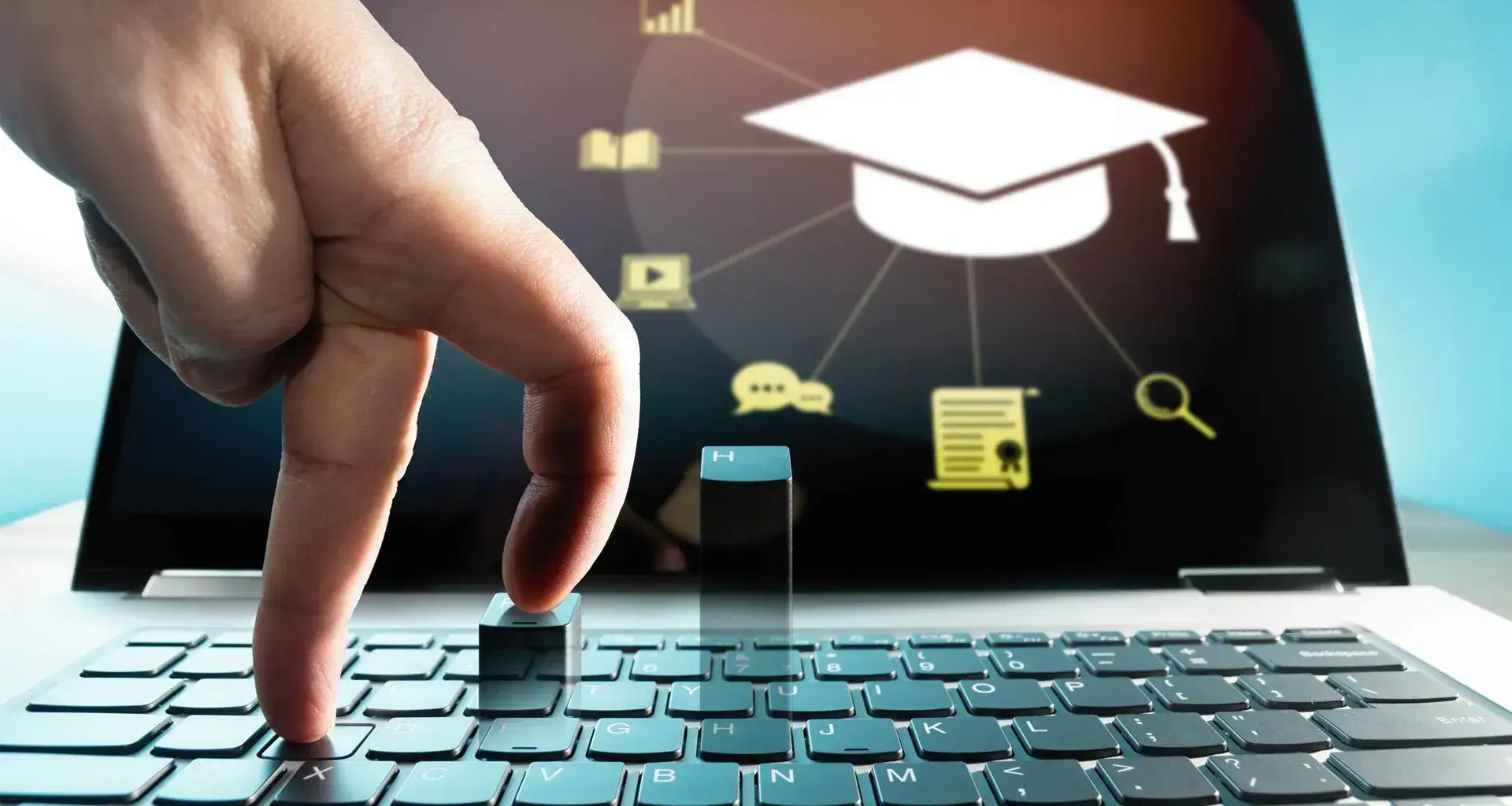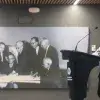From the first Internet connections to virtual reality.
Tec de Monterrey celebrates 30 years of improving student learning and teacher performance through digital experiences and distance-learning courses, the first of them in 1989.
Since then, the Tec has implemented the latest technologies of their time, such as satellite transmissions, Internet courses, apps and virtual reality.
Beatriz Palacios, Director of Educational Innovation at the Tec, spoke to CONECTA about the search to transform education with the newest technologies of each time.
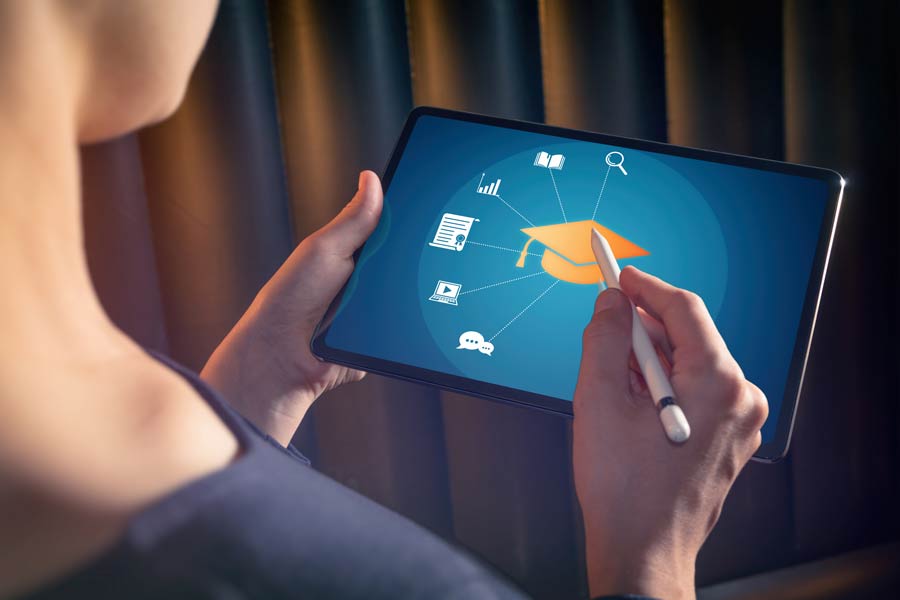
“We capitalize on the innovations or innovative products on the market and we organize them into something that allows us to give academic experiences and solutions,” she said.
“Our long-term goal is to be able to continue to exploit more technological elements that actually innovate on the classroom,” she added.
In recent years, the use of technology has been a fundamental part of implementing the Tec21 Model.
This model is based on challenges, with flexible learning, inspirational professors and a memorable university experience, which came into full effect in August 2019.
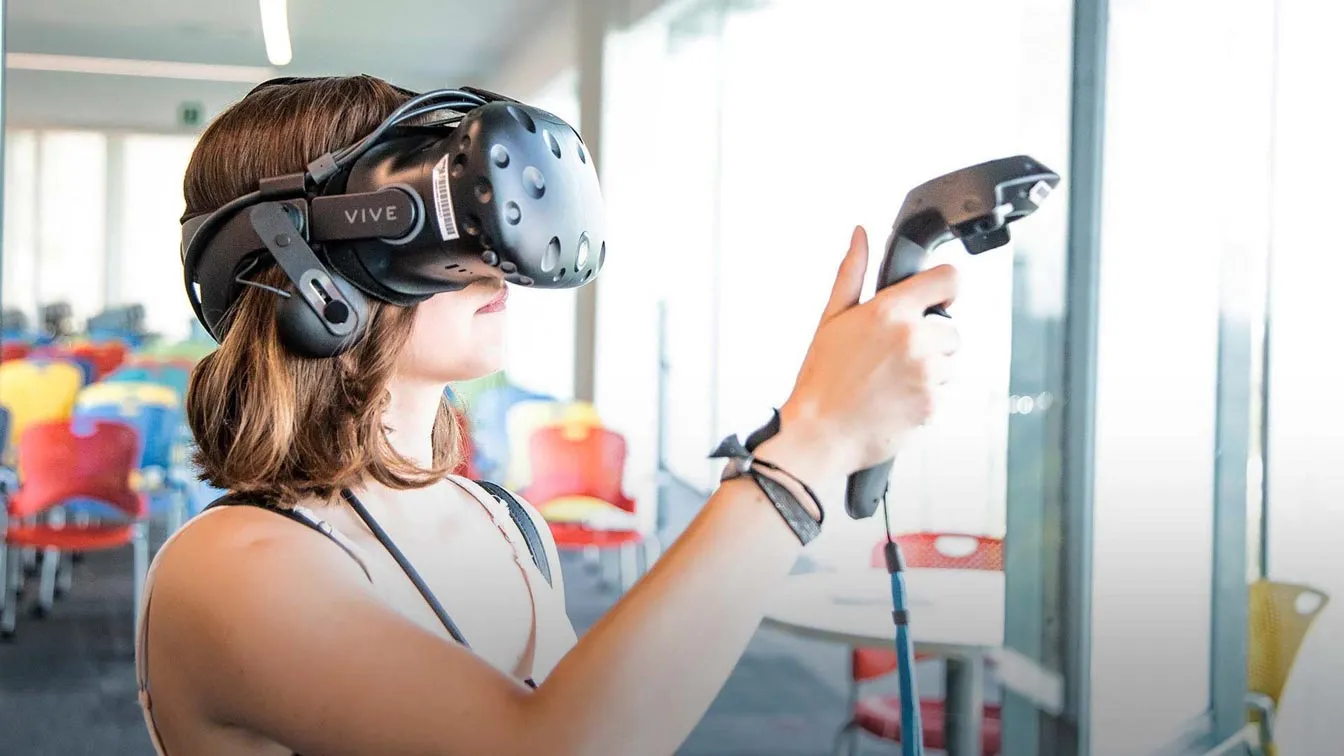
THIRTY YEARS OF INNOVATION IN EDUCATION
CONECTA presents you with some of the history of the Tec’s Educational Innovation area:
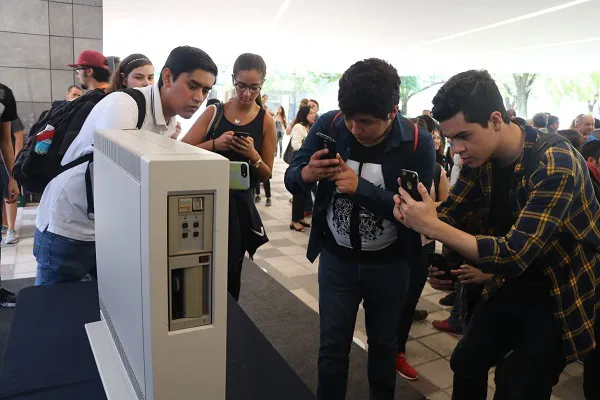
THE FIRST CONNECTIONS
In 1986, the Monterrey and Mexico City Campuses joined BITNET (Because It’s Time Net) together with 450 universities and research centers around the world.
And in 1988, the Tec also became the first academic institution in Latin America to have Internet access by connecting via Microvax II to THENET (Texas Higher Education Network).
SATELLITE EDUCATION
In 1989, the Interactive Education System via Satellite (SEIS for its acronym in Spanish), which was used to train Tec teachers, became operational, broadcasting from the Monterrey and State of Mexico campuses.
Broadcasts continued uninterrupted for 25 years until 2014 when the satellite was switched off.
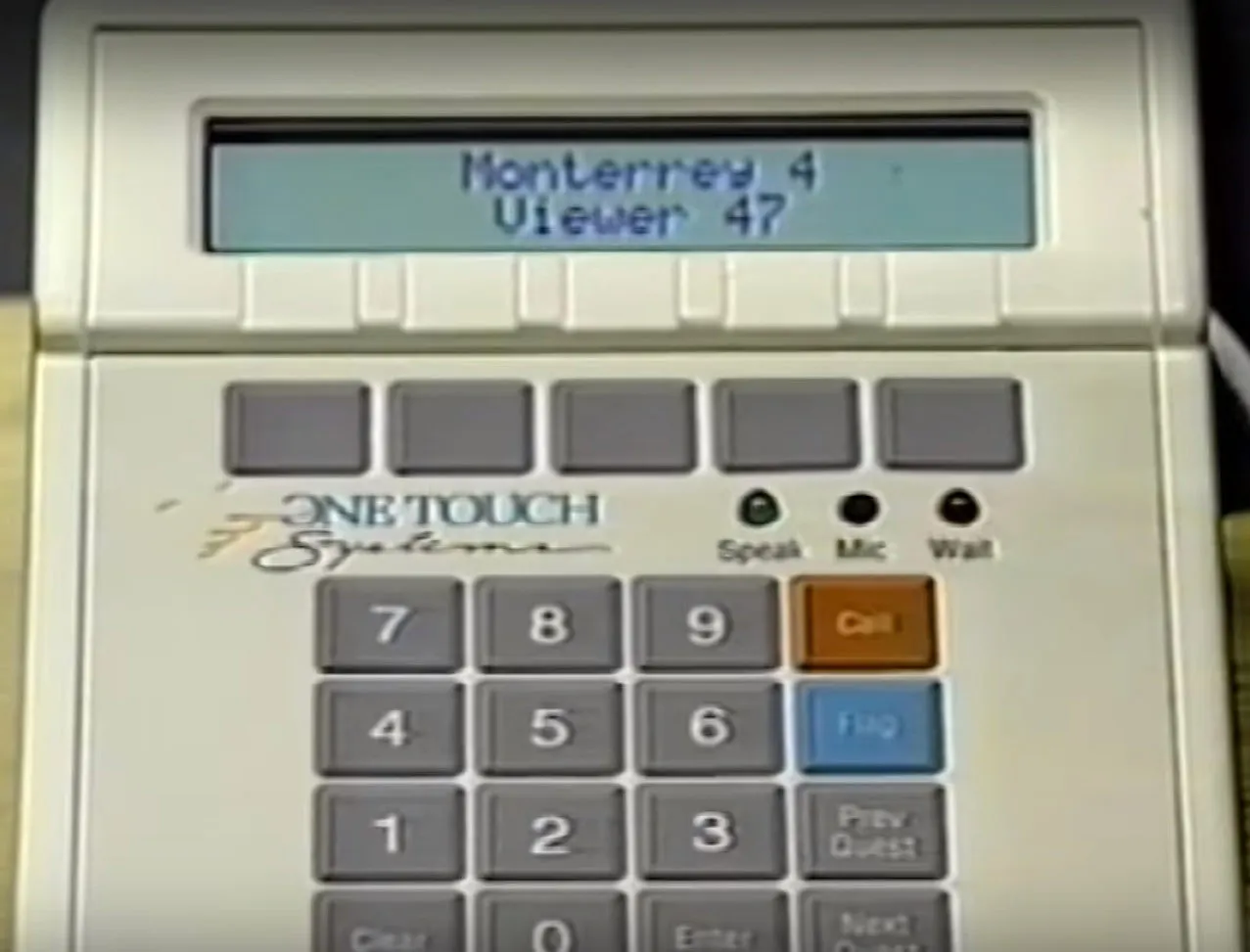
COMMUNICATION TOOLS AND DEVICES
At the beginning of the 1990s, teachers would send their materials from NeXT computers to fax systems and use One Touch keyboards for surveys and calls.
In 1994, the first CD ROMS were handed out in the Tec with interactive multimedia resources to support the courses.
THE VIRTUAL UNIVERSITY AND LIBRARY
In 1996, SEIS went on to become the Virtual University, which consisted of interactive classes via satellite that incorporated e-mail, multimedia and the first websites.
Three years later saw the creation of the Digital Library, with international databases that Virtual University students could access.
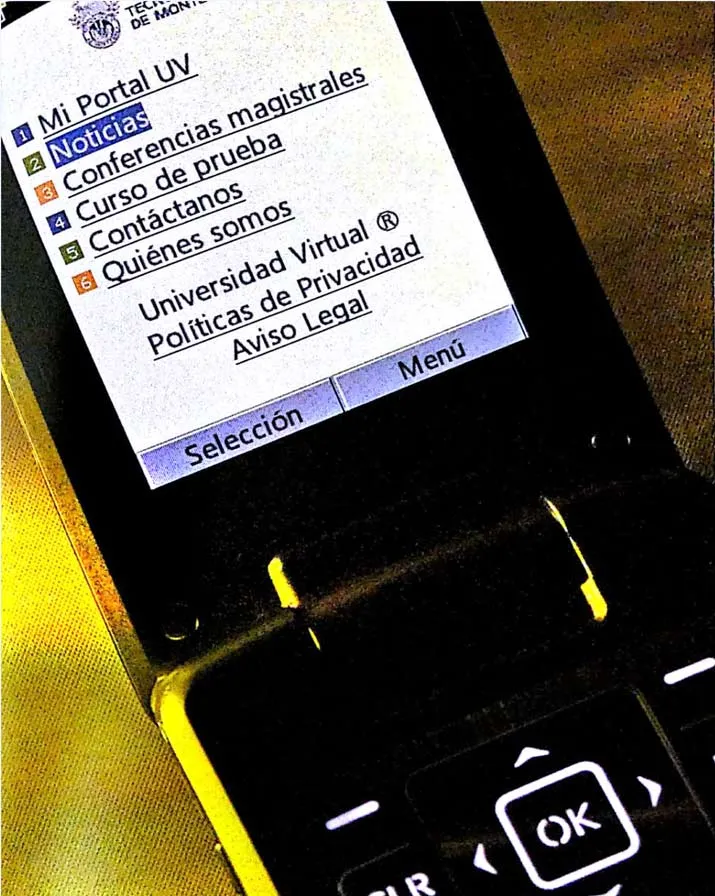
ONLINE EDUCATION
By 2000, the Tec’s online educational provision boasted three master’s degrees, two specializations and three undergraduate degrees. Live broadcasts via the Internet were incorporated later.
Around 2007, the first courses in the Mobile Learning Model were developed, which would allow access through the cellphones of that time.
MASSIVE ONLINE COURSES
The Tec offered the first Massive Open Online Courses (MOOC) back in 2013 through platforms like Coursera, MéxicoX and Edx.
By 2016, FIT (Flexible, Interactive using Technology) courses began under hybrid learning, a model that reached the finals of the 2017 Wharton-QS Stars Reimagine Education competition.
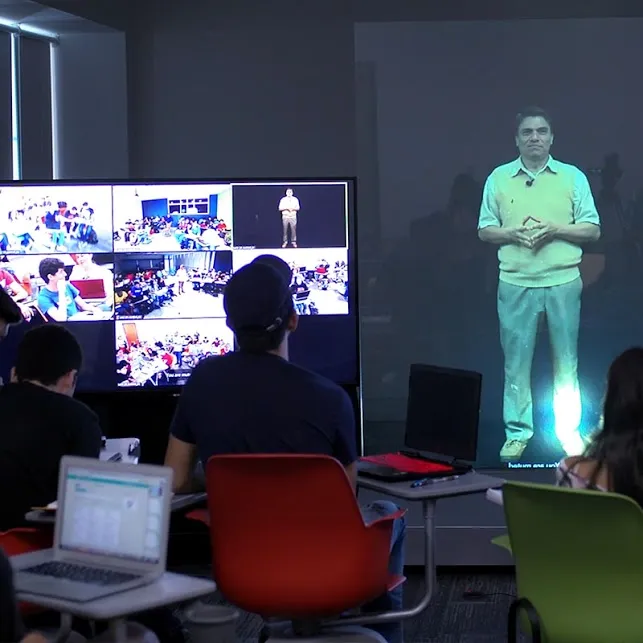
AUGMENTED AND VIRTUAL REALITY, AND TELEPRESENCE
In 2018, an augmented reality application for Smartphones called Art3D was made available to students, as well as telepresence with a holographic effect.
Online training units began, and virtual reality areas were opened in 7 Tec campuses, the so-called VR Zones.
This week, the Tec commemorates the last 30 years of Innovation in Education with Digital and Distance Experiences with activities from September 23 through 27. Check the list of events HERE.
*With information from Rita Sarmiento, storyteller from the Monterrey campus.
YOU’LL SURELY WANT TO READ THIS TOO:

